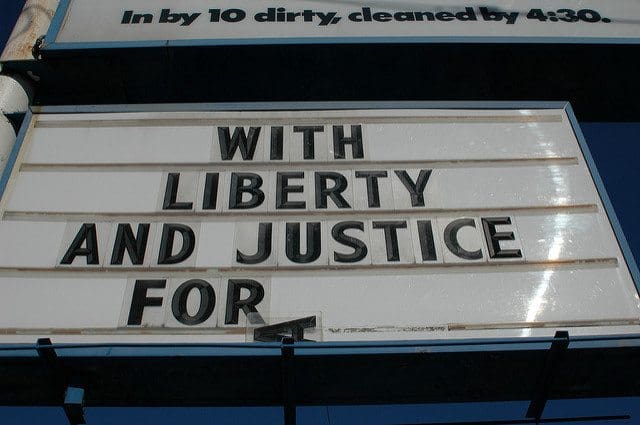The most powerful Atlantic storm since 2007 devastated Haiti in the first week of October. Concerns remain of a potential humanitarian crisis. And if the international community doesn’t act to improve and increase its support, the situation could soon get a whole lot worse.
A devastating storm
Hurricane Matthew ripped through Haiti at 145mph on 4 October. The severe winds and storm are probably the worst the country has experienced in a decade.
The southern part of the country was cut off from the capital when a bridge collapsed. It is the most affected area, and some say the hurricane destroyed up to 90% of it.
As officials assess the damage from the Category 4 winds, it is clear that around 1,000 people have died. Meanwhile, tens of thousands of people are homeless, and up to 1.4 million are suffering the consequences of the disaster.
But the problems the country faces are far from over, even after the storm.
Footage of the hurricane can be seen below:
https://youtu.be/glfNmh8uLVw
From bad to worse
Haiti is one of the poorest countries in the world, with a legacy that includes centuries of foreign exploitation and interference – from the trade of enslaved people to a number of US-backed coups. Today, its shanty towns and poor infrastructure make the impact of hurricanes and other natural disasters even worse, particularly in remote areas.
The hurricane destroyed homes. Cholera – a disease that has troubled Haiti for years – is spreading. And there are shortages in food, fresh water, and medical equipment – which could all cause another humanitarian crisis.
It brings back haunting memories of the 2010 earthquake, which killed thousands of people. And there is now pressure to provide for immediate needs, while rebuilding affected homes and agriculture.
On some levels, Haiti has moved on since 2010. The humanitarian community as a whole has placed more emphasis on vulnerable states being able to prepare for disasters such as this, and increase their own resilience. Reportedly, the Haitian government has taken more of a central role in coordinating aid and assistance, which is forthcoming from many donors on the national, international, multilateral and civil society levels.
The response
There are positive aspects to the response so far, but to focus on these would overshadow concerns that still threaten the country’s ability to recover:
- Some may see supporting Haiti as mostly an issue for the Americas. And this often leaves it forgotten by the rest of the world, resulting in a severe lack of aid.
- Haiti allegedly hosts the highest number of non-governmental organisations (NGOs) per person in the world. But these organisations have often been accused of being more exploitative than useful. The Clinton Foundation in particular has received criticism for allowing lax labour practices to remain in a country that has a legacy of slavery. This means that aid and assistance should be looked at with more scrutiny.
- Aid can still not get to areas most affected. And distribution is a big problem. One BBC report claimed that people were putting up blockades to try and stop aid conveys that didn’t seem to be stopping in their areas.
- Despite pledged aid, the lessons of 2010 suggest that a large part of the aid promised may not arrive.
The world is suffering from disaster fatigue right now. But that should never see us ignore or fail to support those affected. And Haiti is just one example of a place which desperately needs our help.
Get Involved!
– Support a Haiti disaster relief appeal like the Disaster Emergency Committee.
– Read more international reporting from The Canary Global.
– Support The Canary if you appreciate the work we do.
Featured image via video screen grab

![The shocking texts and letters being sent by schools trying to identify ‘non-British’ children [TWEETS]](https://www.thecanary.co/wp-content/uploads/2016/10/SchoolChildren-min-e1475762452864.png)
![We’ve gone through the Clinton emails released by WikiLeaks, but this one has us all scratching our heads [VIDEO]](https://www.thecanary.co/wp-content/uploads/2016/10/24005922924_fd3483d27e_k.jpg)


![The prospect of all-out nuclear war just became very real, with the latest terrifying escalation [OPINION]](https://www.thecanary.co/wp-content/uploads/2016/10/nuclear.jpg)














